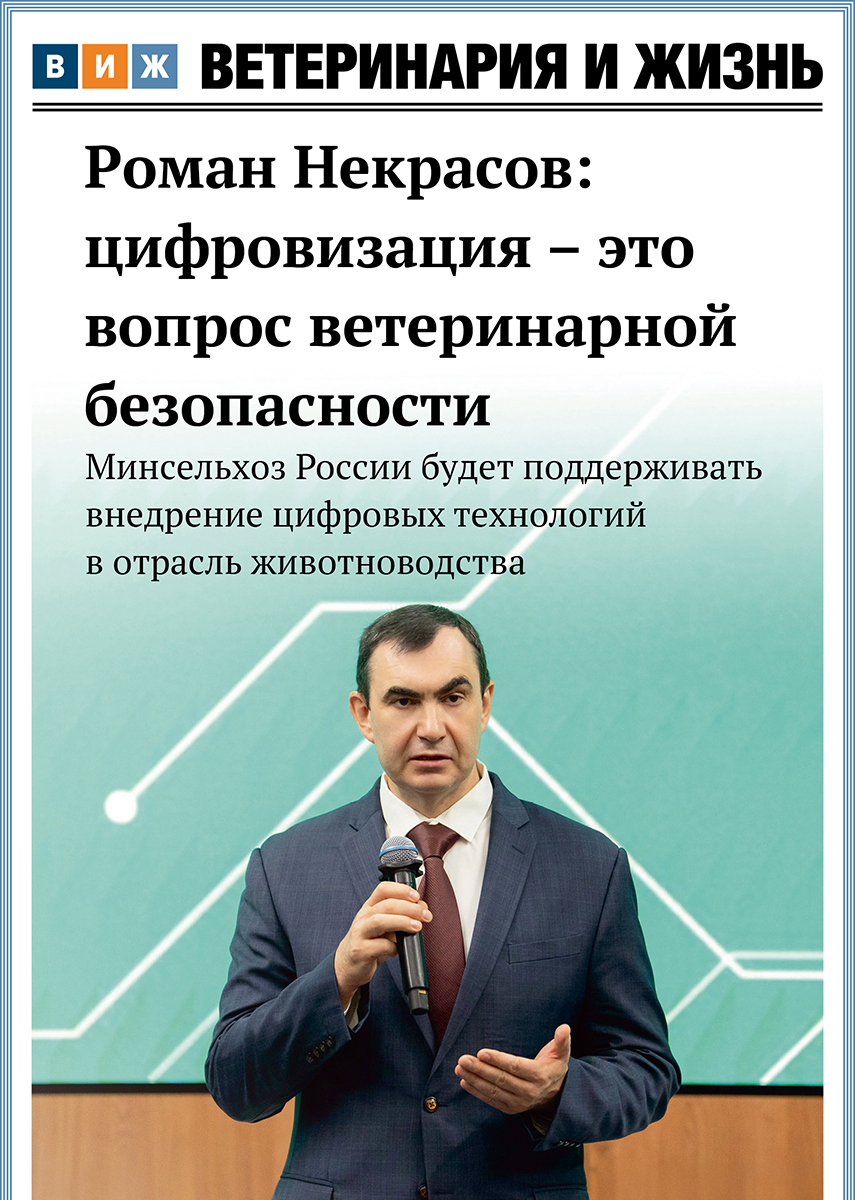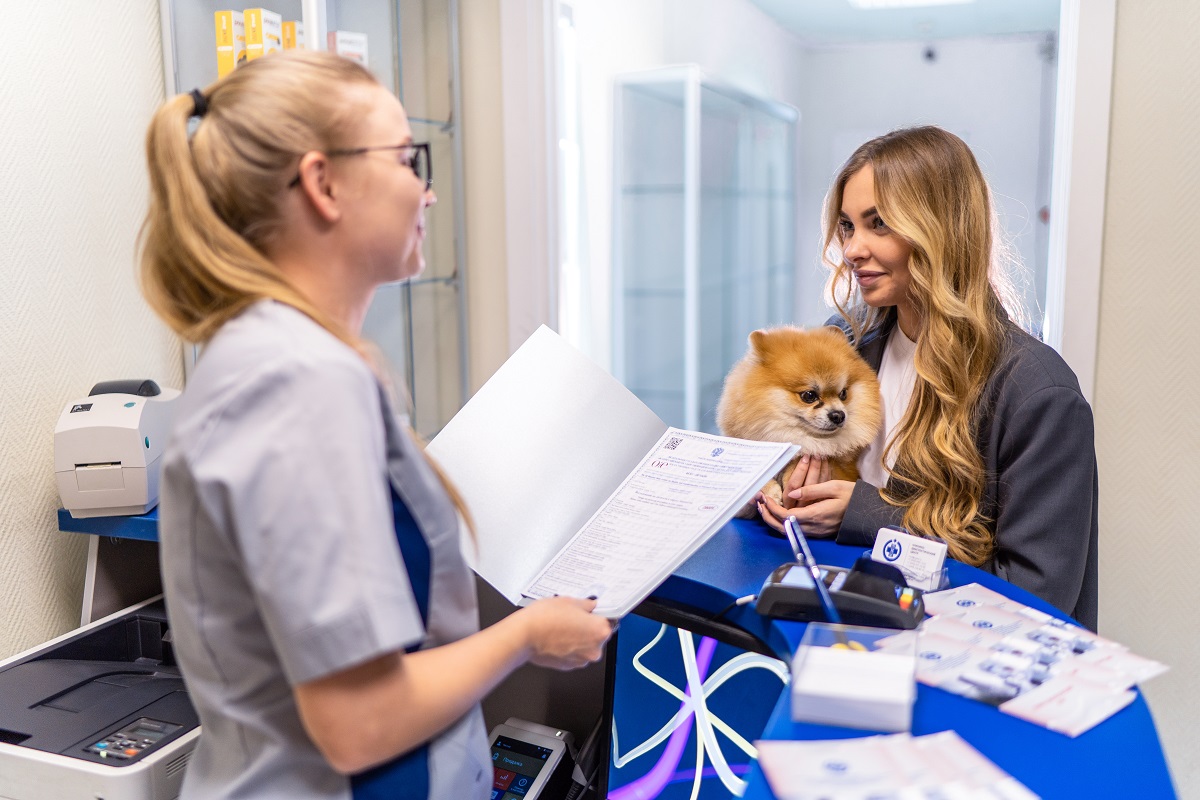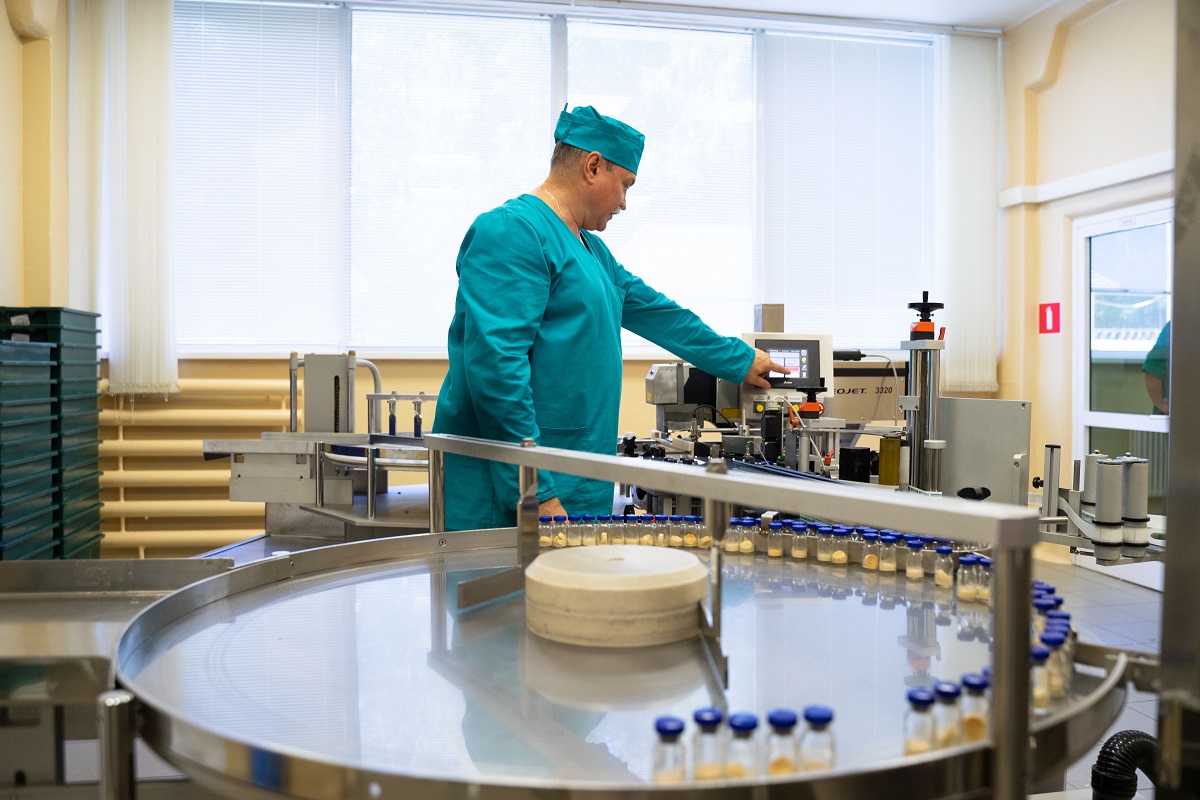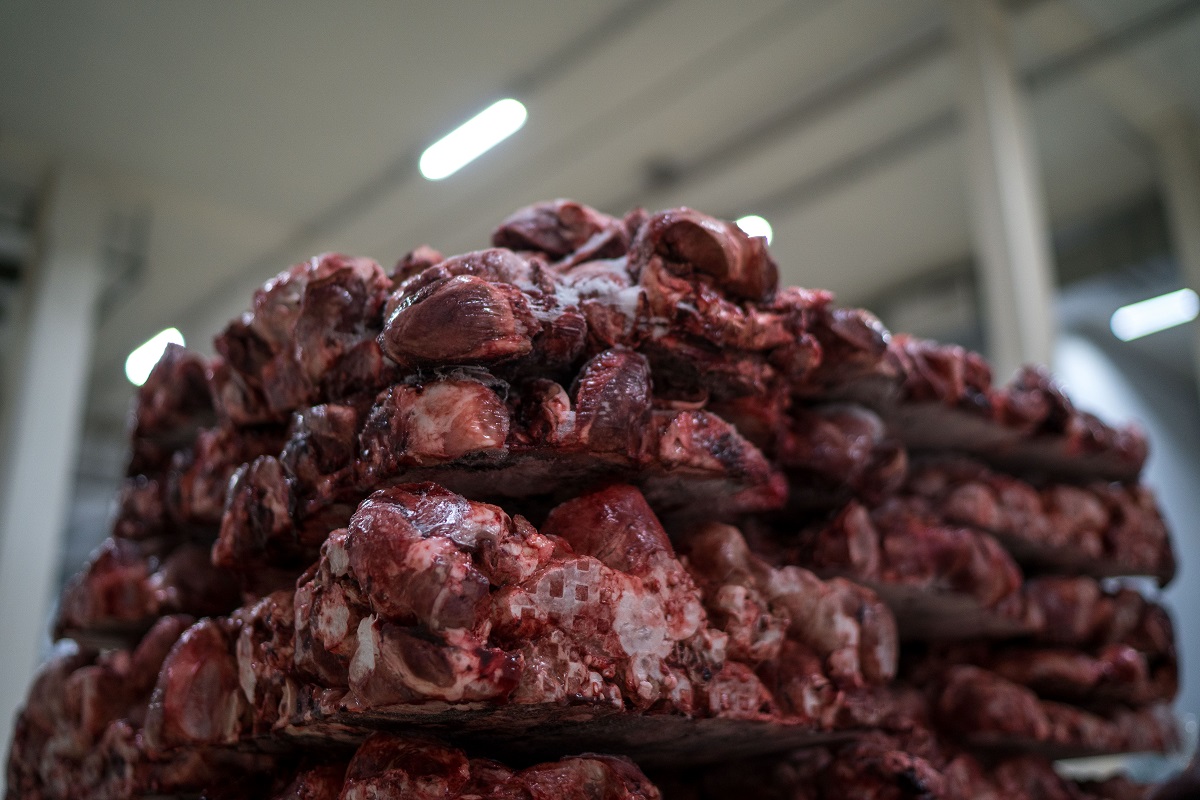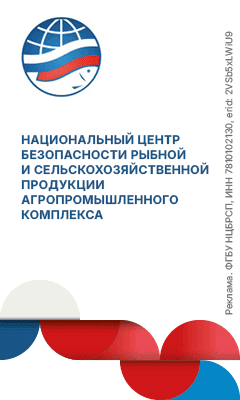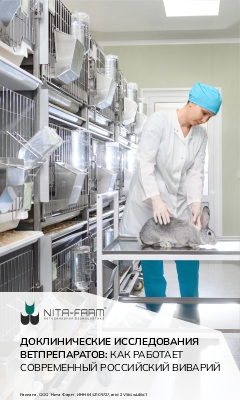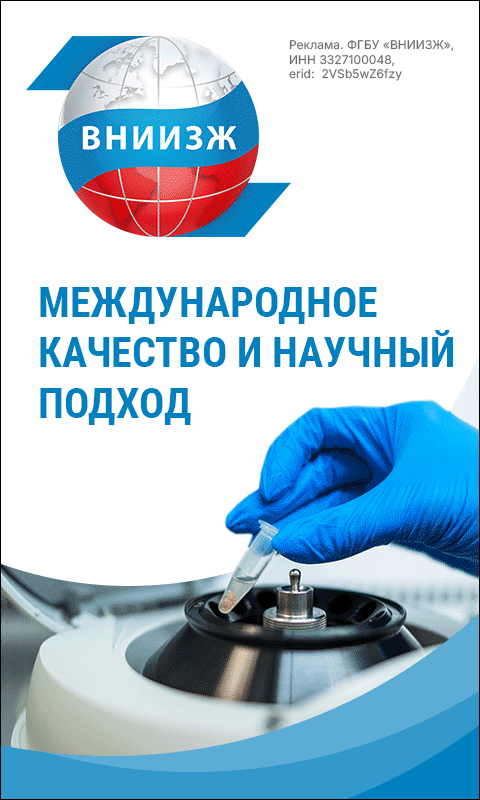“The number of households in Russia has increased to 66.9 million, a 2.5% increase compared to 2020. This has contributed to the growth in the pet population, which has reached 74.8 million. This represents an 11.3 million (11%) increase compared to three years earlier. The number of cats in Russia reached 49.2 million (+25%) in 2023, while the number of dogs reached 25.5 million (+7%),” said Marianna Onufrienko.
This was the fourth National Pet Census, which revealed the changes in the population of dogs and cats over the past three years.
“The population of pets in Russia continues to grow, with the number of pets increasing by 11% since 2020. Over the past three years, the number of cats in Russia has grown by 5.5 million, and the number of dogs has grown by 1.7 million. About 56% of families in Russia own pets. More than 40% of cats were taken by their owners from the streets or adopted from other owners, and 27% were purchased at breeding stations or from fanciers,” said the experts.
Analysts say cities with populations of 500,000 or less are contributing the most to the rise in pet ownership because they have a higher number of private households. About 57% of families in these cities have pets, whereas in cities with a population of over a million, only 46% of households own pets. In Moscow, this number barely reaches 42%.
“As many as 19% of Russians believe they don’t have enough time to look after a cat, with 28% citing the same reason for not owning a dog. The lack of space in an apartment is also seen as a major obstacle to owning a cat (11%) or a dog (20%). Dislike of pets is another reason given (13% for cats, 8% for dogs). Compared with the results of a 2020 survey, allergies to pets have moved down to fourth place (12% for cats and 7% for dogs),” experts note.

